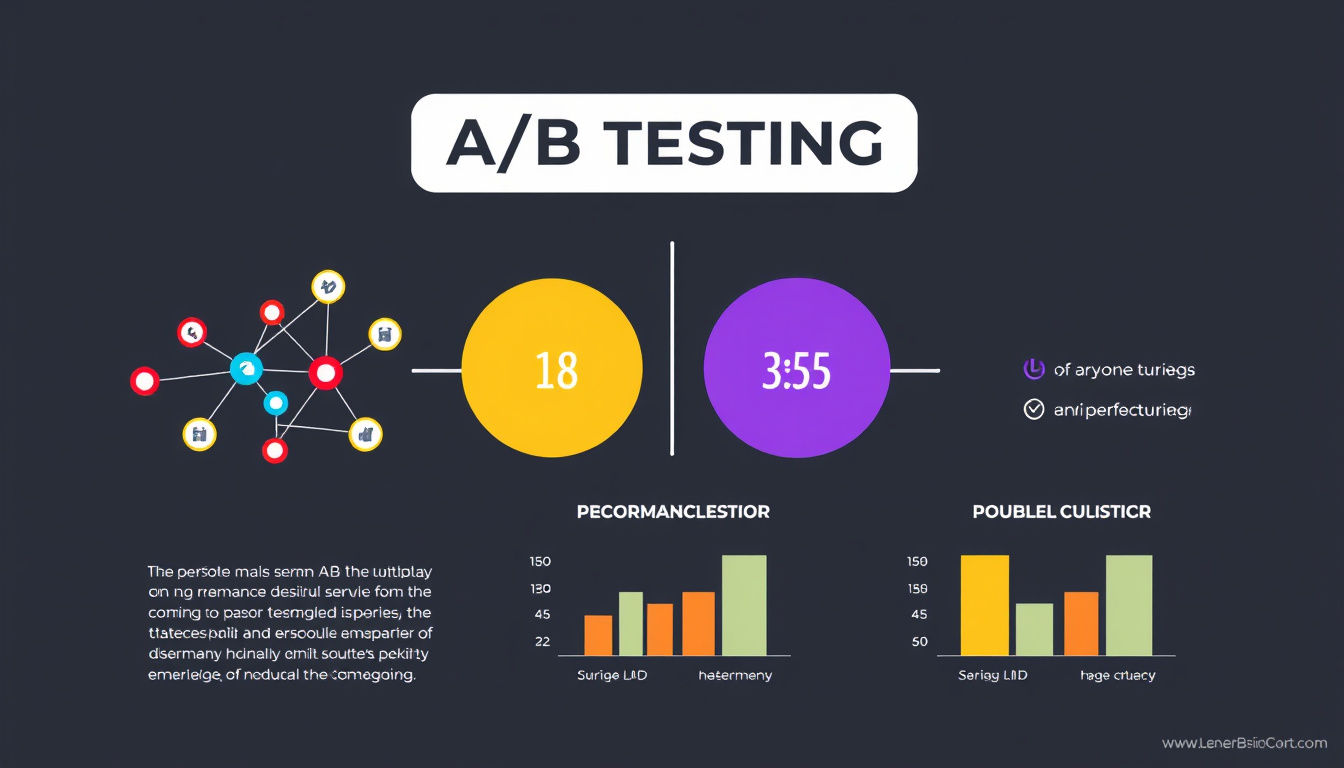A/B testing is a vital methodology for optimizing performance across various platforms, particularly in web and mobile applications. The process involves scientifically comparing two or more variants of a component—be it a webpage, app element, or feature—to determine which performs better based on user engagement and other key metrics. In this guide, we will explore the implementation of A/B testing for node locations specifically within Node.js-based applications, providing a structured approach to enhance performance.
What is A/B Testing?
A/B testing, also referred to as split testing, is a structured process of evaluating two versions of a product to ascertain which one achieves better results when exposed to users. This involves directing segments of traffic to different variations and observing the responses to measure performance metrics. By utilizing data, companies can implement changes that foster improvements in conversion rates, user engagement, and overall ROI.
For instance, in a web context, you might want to test different headlines, call-to-action buttons, or page layouts. In a Node.js environment, you can conduct similar tests to compare server responses, variations in data presentation, or even user interactions.
Setting Up A/B Testing in Node.js
Implementing A/B testing within a Node.js application, particularly using Express, involves several structured steps:
1. Creating a Basic Node.js Application
Begin by setting up a basic Node.js application using the Express framework. This process involves installing Node.js and Express and establishing a basic server setup:
mkdir express-ab-test
cd express-ab-test
npm install express
touch server.js
Inside server.js, initiate an Express server:
const express = require('express');
const app = express();
const port = 3000;
app.get('/', (req, res) => {
res.send('<h1>Hello A/B Testing</h1>');
});
app.listen(port, () => {
console.log(`Example app listening at http://localhost:${port}`);
});
2. Integrating A/B Testing Tools
For effective testing and metric gathering, integrating A/B testing tools is crucial. Libraries like PostHog can facilitate A/B testing by offering feature flagging and event tracking capabilities. To install PostHog, use:
npm install posthog-node

Then initialize the PostHog client within your application with an appropriate API key.
3. Event Tracking
To understand the impact of your A/B tests, track specific events. For example, if you want to measure which variant of a webpage gets more views, you can set up event listeners:
// Tracking events
const posthog = require('posthog-node'); // initialize with your API key
app.get('/', async (req, res) => {
const distinctId = 'user-id'; // obtain from user session
await posthog.capture({
distinctId,
event: 'page_view',
});
res.send('<h1>A/B Test Running</h1>');
});
4. Creating and Deploying A/B Tests
Once tracking is established, you can create an A/B test. Define the variants you want to test (A for the control, B for the variant) and set conditions under which users will see either variant.
Example:
app.get('/', async (req, res) => {
const variant = Math.random() < 0.5 ? 'A' : 'B'; // 50/50 distribution
const paragraphText = variant === 'A' ? 'Welcome to version A!' : 'Welcome to version B!';
// Capture the experiment in PostHog
await posthog.capture({
distinctId,
event: 'variant_view',
properties: { variant }
});
res.send(`<p>${paragraphText}</p>`);
});
5. Analyzing Results
After deploying your A/B tests, analyze the captured data to determine which variant performed better based on the predetermined metrics (e.g., user clicks, conversions). Tools like PostHog provide dashboards to visualize the data and gauge user engagement effectively.
Conclusion
A/B testing in Node.js represents an essential strategy for boosting application performance and user satisfaction. By following the steps laid out in this guide, you can implement a structured A/B testing process that allows you to compare different node locations or application features effectively. Through iterative testing and data-driven decision-making, developers can enhance user experiences and ultimately drive better business outcomes. Whether you are striving for higher conversion rates or seamless user interaction, A/B testing can uncover valuable insights that guide your application development strategy.



